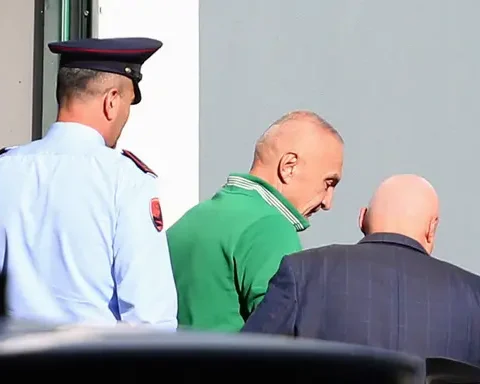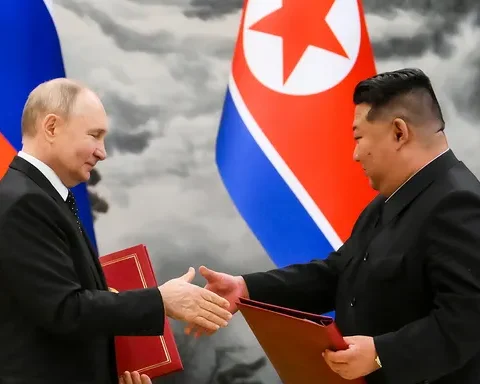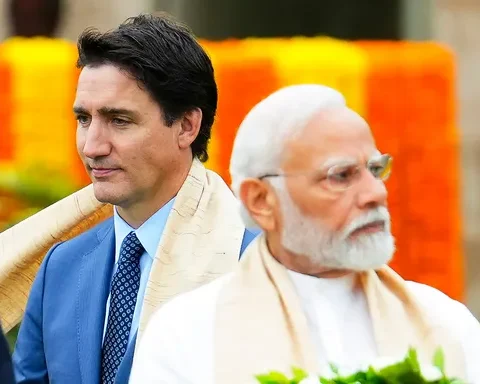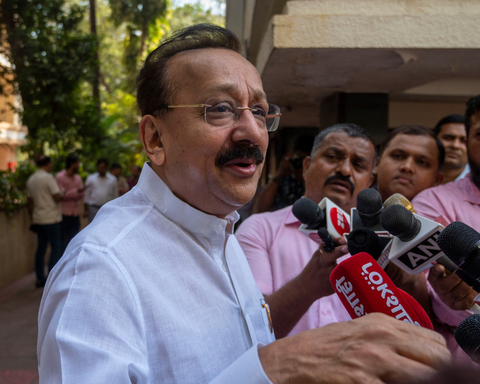A helicopter carrying Iranian President Ebrahim Raisi crashed in Iran’s East Azerbaijin province, prompting questions about the future of Iran’s political landscape. With multiple emergency crews engaged in search-and-rescue operations, the potential impact of Raisi’s death on Iran’s internal affairs has become a significant topic of speculation.
A Symbol of Hard-Right Politics
Ebrahim Raisi, who became president of Iran in 2021, represents a hard-right shift in the governing elite of the Islamic Republic of Iran. “Raisi was a symbol of the hard right shift of what’s left of the governing elite of the Islamic Republic of Iran,” said Behnam Ben Taleblu, an expert on Iranian security at the Foundation for the Defense of Democracies (FDD). He highlighted that Raisi’s political rise was marked by loyalty and zeal rather than capability and competence.
Controversial Background and Political Ascension
Raisi, now 63, has a controversial history, having been involved in the mass execution of prisoners in the late 1980s. Before his presidency, Raisi ran Iran’s judiciary and unsuccessfully campaigned against Hassan Rouhani in 2017. His 2021 election victory saw a record-low voter turnout, with millions staying home and voiding ballots. Taleblu noted that Raisi lacks a domestic social support base and serves as a vehicle for ultra-hard-right consolidation in Iranian politics.
Potential Succession and Power Dynamics
Raisi has been considered a potential successor to Iran’s supreme leader, Ayatollah Ali Khamenei. Taleblu pointed out that Raisi’s possible death could significantly shorten the list of successors, potentially benefiting Khamenei’s son, Mojtaba. “Another person on that shortlist who would benefit significantly from this is Ayatollah Ali Khamenei’s son, Mojtaba, who right now wields power without accountability,” Taleblu said.
Raisi’s Impact on Iran’s Policies
As president, Raisi supported Iran’s uranium enrichment to near-weapons-grade levels and hampered international inspectors, fueling confrontation with the West. He also backed a massive assault on Israel and supported the security services during the crackdown on dissent following the 2022 death of Mahsa Amini. The subsequent protests and security response resulted in over 500 deaths and more than 22,000 detentions.
Looking Ahead
The uncertainty surrounding Raisi’s fate adds another layer of complexity to Iran’s already turbulent political environment. Whether he survives or not, the implications for Iran’s future leadership and policies are profound. “The shortlist would have gotten even shorter,” Taleblu remarked, highlighting the potential for significant shifts within Iran’s power structure.
President Raisi’s potential death raises critical questions about the future of Iran’s political landscape. The developments in the coming days will be crucial in shaping the direction of the Islamic Republic and its interactions with the world.







